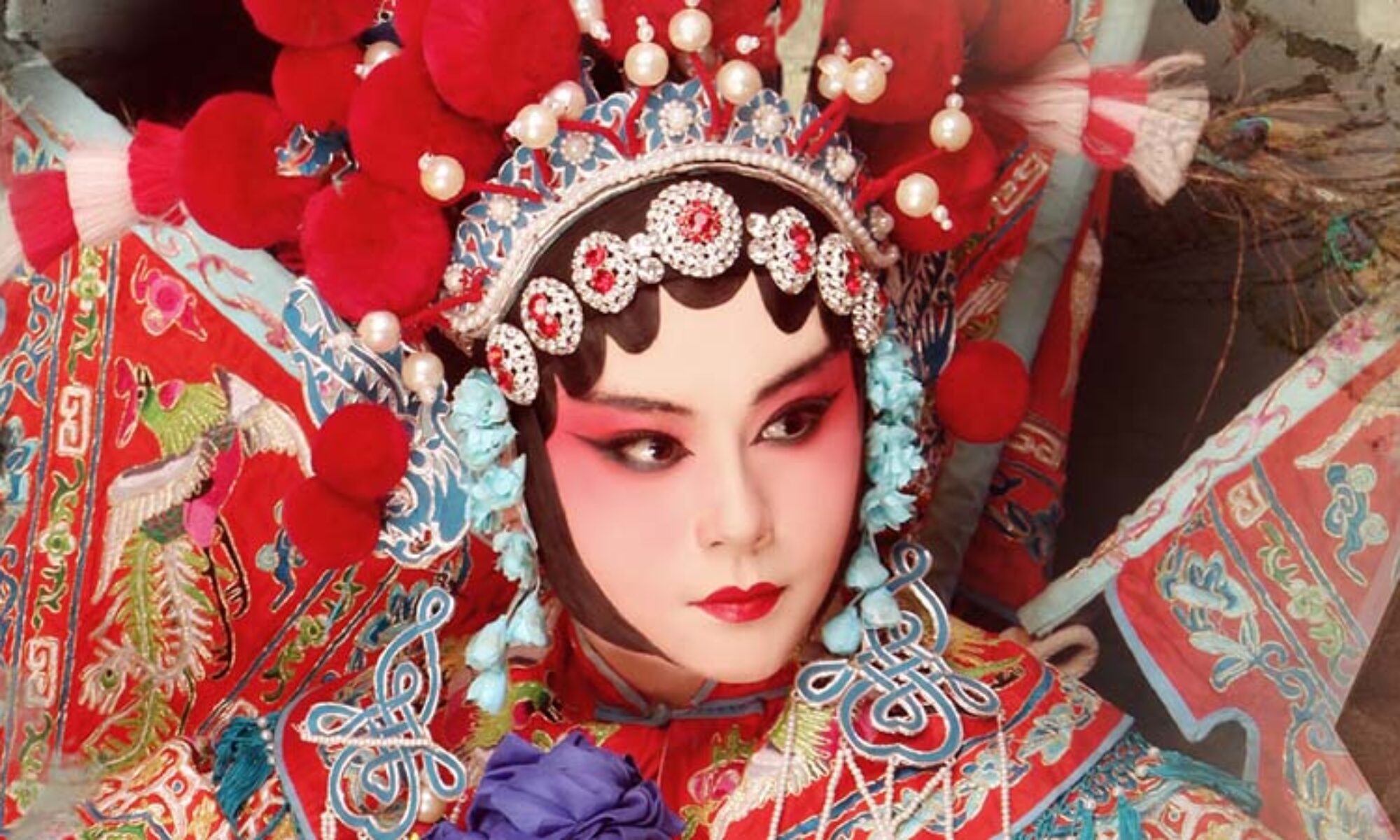
Miao Dance: Preserving a Cultural Tapestry of Intricate Footwork and Vibrant Costumes
Miao dance, also known as Hmong dance, is a traditional folk dance performed mainly by the Miao people of China and Southeast Asia. The Miao are an ethnic minority with a rich cultural heritage and their dances play an important role in social, religious and festive occasions.
Miao dances are characterized by vivid costumes, intricate footwork and rhythmic movements. This is a kind of story, which expresses the history, customs and beliefs of the Miao people. Dances often depict different aspects of their daily life, such as farming, hunting, courtship, and ancestor worship. Dances are usually performed in groups, with dancers forming circles or rows, holding hands or folding arms. They often wear elaborately embroidered costumes adorned with silver jewels, which reflects the Miao’s appreciation for craftsmanship and silver.
Miao dance choreography varies according to the occasion and region in which it is performed. Some dances are smooth and graceful, while others are energetic and lively with quick footwork, twists and jumps. Dancers often step to the beat of accompanying instruments such as luchen (traditional reed wind instruments), drums, cymbals and gongs. In addition to physical movements, Miao dances also include symbolic gestures and imitation movements. Dancers sometimes use props such as fans, scarves, and umbrellas to enhance their visual presentation and convey specific meanings.
Miao dance is not only a form of artistic expression, but also a way for the Miao to maintain their cultural identity and pass on traditions from generation to generation. This is often done at festivals, weddings and other communal gatherings and promotes a sense of togetherness and festivity within the Miao community.
In recent years, Miao dance has come to be appreciated beyond its cultural origins, attracting audiences around the world who appreciate its beauty, vitality and cultural significance. It is a testament to the diversity of traditional dance forms and the richness of human expression.
